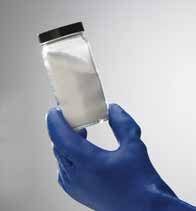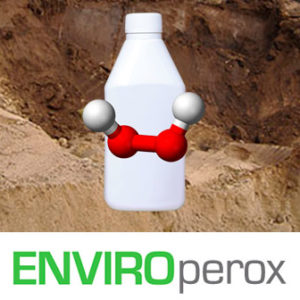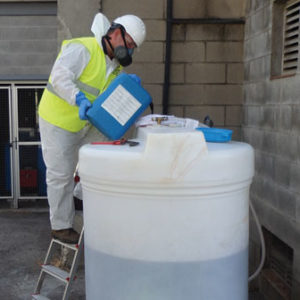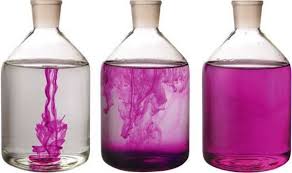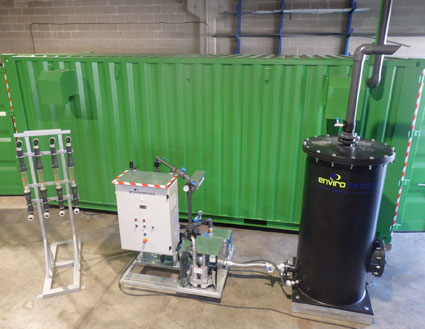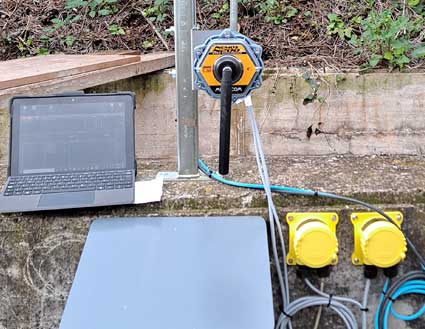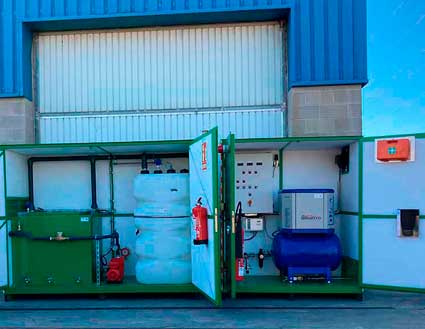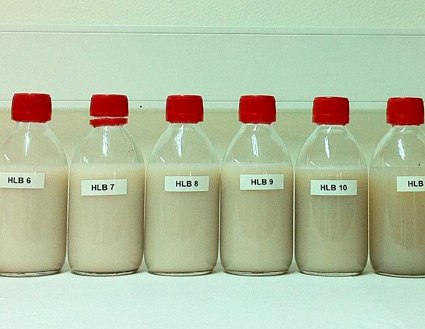Chemical destruction process. Chemical reactions and free radicals destroy contaminants on contact.
Allows treatment of a wide range of contaminants.
Treats medium or high concentrations of contaminants.
Rapid treatment periods (weeks to months).
Saturated zone and unsaturated zone.
May require several applications.
In situ chemical oxidation - ISCO
Technological solutions for remediation of contaminated sites.
In situ chemical oxidation (ISCO) involves the direct injection or mixing of reactive chemical oxidants into groundwater and soil with the main goal of rapid and complete destruction of contaminants. ISCO is a versatile treatment technology that is most frequently implemented in source areas characterized by moderate to high concentrations of contaminants in groundwater, absorbed contamination in the soil matrix, and the possible presence of residual contamination in the form of drops (LNAPL or DNAPL).
Successful on-site treatment requires a detailed understanding of the nature and distribution of the contaminant mass, as well as an intensive application approach that will maximize oxidant-contaminant contact and deliver a sufficient amount of oxidant to treat dissolved, sucked in and inert contaminants free phase. Envirotecnics offers different safe and effective oxidizing reagents for the treatment of soils and groundwater including Sodium percarbonate, Sodium permanganate, Hydrogen peroxide, Activated sodium persulfate and combined ISCO reagent (Sodium persulfate and Calcium peroxide). Our ISCO reagents employ unique and powerful catalysts to maximize treatment longevity, ensure efficient oxidation, and promote the safe use of chemicals in the field.
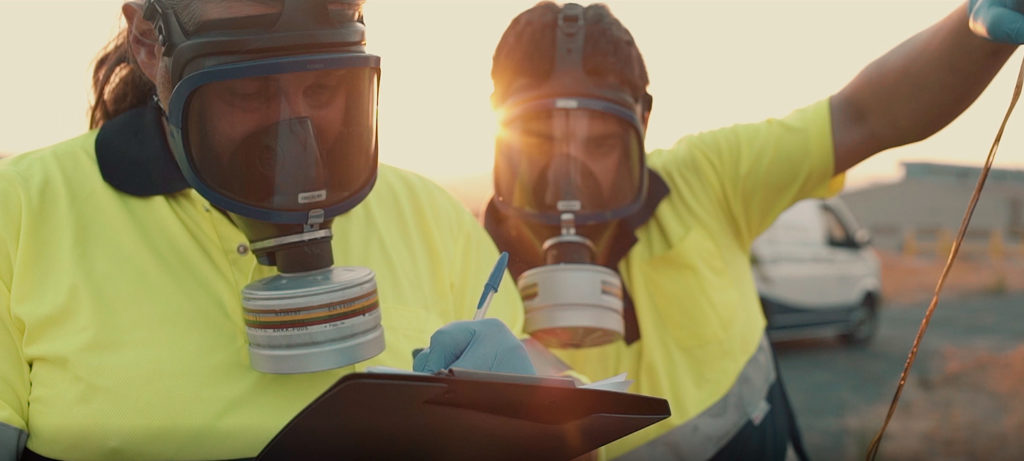
Envirotecnics has highly experienced professionals who work with our clients to develop technically rigorous and cost-effective solutions for ISCO treatment for different contaminants at sites with various conditions. Our free project evaluations generally take into account:
- Remediation objectives.
- Nature and extent of contamination.
- Soil characteristics and hydrogeology of the target treatment area.
- Possible combination with other remediation technologies.
- Application approaches and methods.
- Health and safety aspects associated with the application of oxidants.
Related services
- Treatability tests on batch water samples using different oxidizing agents and concentrations.
- Feasibility studies in lysimeters using contaminated soil / water.
- Determination of the natural oxidant demand (NOD)
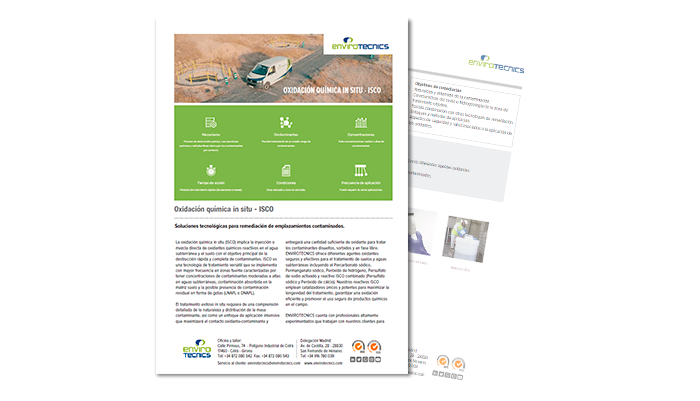
Are you planning a project with IN SITU CHEMICAL OXIDATION?
Contact us to explore solutions and options.


